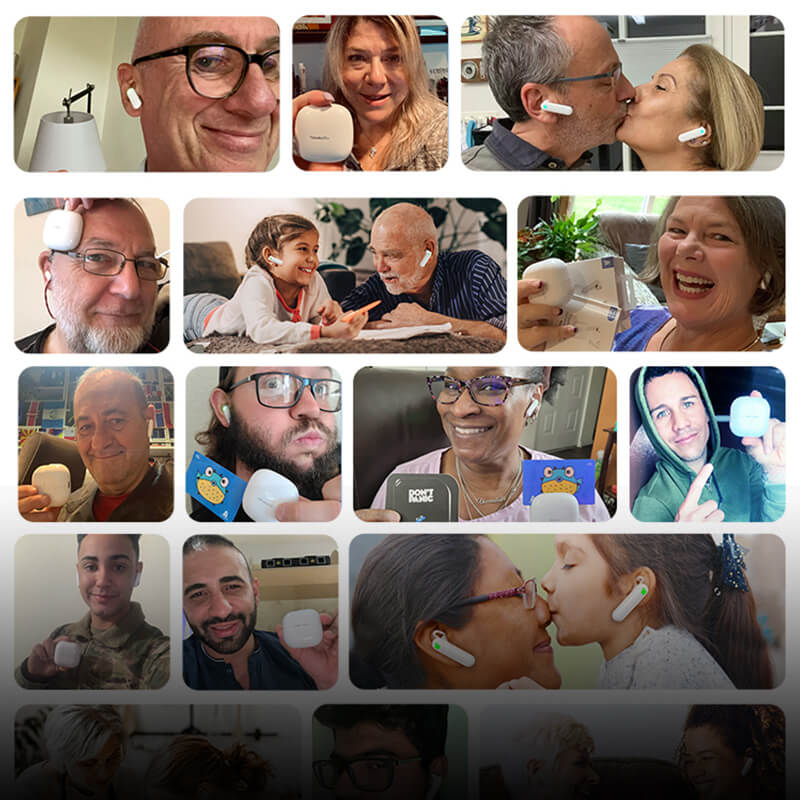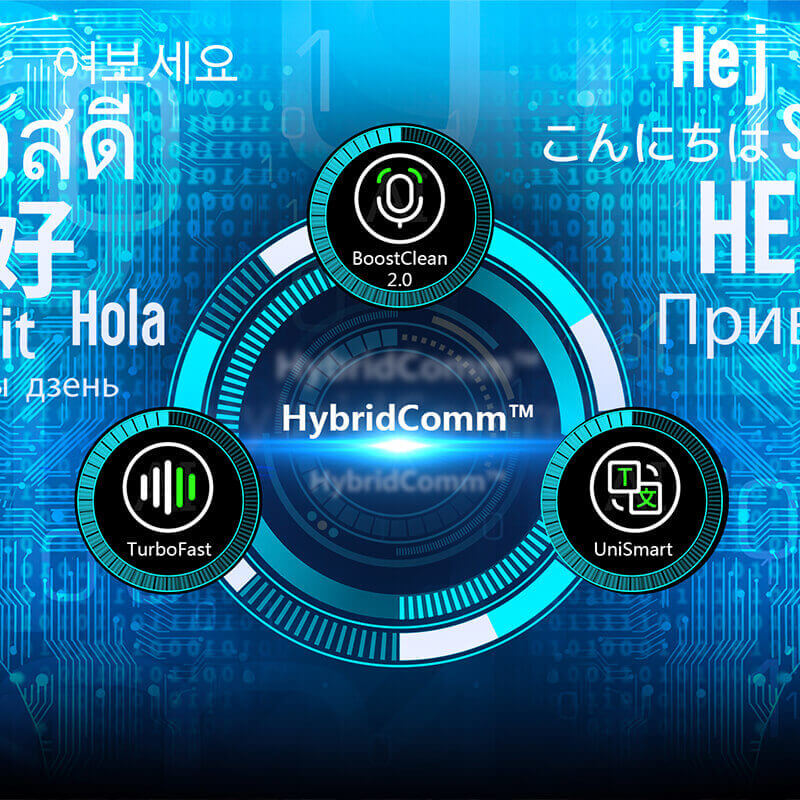You're not alone if you wonder how many Hispanics live in the United States. According to recent estimates, around 59 million people of all backgrounds declared "Hispanic or Latino" as their ethnicity when responding to the U.S. Census 2020. That makes individuals with Hispanic ancestry the largest ethnic group in America – a fact that will undoubtedly impact almost every sector of society, including socioeconomics, education, politics and more. To help explain this complex topic further and understand how this number is changing over time, we'll explore what it means to identify as Hispanic or Latino in terms of history, culture and language before delving into
Overview of the U.S. Hispanic Population
The U.S. Hispanic population is estimated to be 62.57 million as of 2020, about 19.1% of the total U.S. population. This number has grown steadily since 2010, when an estimated 50.5 million Hispanics live in the United States. It's also projected to continue growing in the coming years, with estimates predicting that in 2060 around 28.6% of the population will be Hispanic.
The U.S. Hispanic population can break into two distinct categories: those born in the United States and those who migrated from Latin America. The majority of Hispanics living in the U.S. are native-born. However, a steady influx of immigrants has come from Mexico and other countries in Central and South America.
The states with the largest Hispanic populations in 2020 were California, Texas, Florida, New York and Illinois. Together these five states accounted for 56% of the U.S. Hispanic population. Other states with large Hispanic populations include Arizona, Colorado, Georgia, Nevada and New Jersey.
Overall, the U.S. Hispanic population is growing at a rapid rate and has a significant influence on many aspects of society. It's essential to understand the size and diversity of this population to properly address their needs and ensure that they are fully included in our communities.
State-by-State Breakdown of Hispanics in the U.S
The states with the highest Hispanic populations are:
- California (15.57 million)
- Texas (11.52 million)
- Florida (5.66 million)
- New York (3.75 million)
- Arizona (2.31 million).
New Mexico has the highest Hispanic population as a percentage of the total population at 49.26%, followed by Texas with 39.75% and California with 39.42%.
The five states with the lowest Hispanic populations are:
- Vermont (12,410)
- Maine (23,070)
- West Virginia (26,820)
- North Dakota (30,490)
- South Dakota (33,020).
West Virginia has the lowest Hispanic population as a percentage of the total population at 1.5%, followed by Maine with 1.72% and Vermont with 1.99%. West Virginia, Maine, and Vermont are the whitest U.S. states, while New Mexico, Texas, California, and Nevada are among the ten most diverse.
The 10 states with the highest Hispanic populations are:
- New Mexico: 49.2%
- Texas: 39.44%
- California: 39.09%
- Arizona: 31.51%
- Nevada: 28.9%
- Florida: 25.78%
- Colorado: 21.66%
- New Jersey: 20.43%
- New York: 19.07%
- 10 Illinois: 17.23%
As of January 2023, the Hispanic population in the United States is estimate to be over 62.57 million. With this number only expected to grow, it's clear that Hispanics are becoming an increasingly important part of our country's landscape. The growing Hispanic population has significantly impacted U.S. culture and politics, making them an even more integral part of our society. With more and more Hispanics living in the United States, we can look forward to an even brighter future for all!
- Language can be a significant challenge for the Hispanic population, particularly for individuals who are not fluent in the dominant language of the country they reside in. Here are some language-related problems that the Hispanic population may encounter:
- Limited English proficiency: Many Hispanics may have limited English proficiency, which can create barriers in various aspects of life, including education, employment, healthcare, and social interactions. Difficulties in understanding and expressing themselves in English can hinder their ability to fully participate in society.
- Educational challenges: Limited English proficiency can impact Hispanic students' academic performance and educational opportunities. They may struggle to understand lessons, communicate with teachers and peers, and access resources that are primarily available in English. This can lead to achievement gaps and hinder their educational advancement.
- Employment limitations: Language barriers can limit employment opportunities for Hispanic individuals. Jobs that require strong English language skills may be out of reach, leading to lower-paying jobs or underemployment. This can perpetuate economic disparities within the Hispanic community.
- Access to healthcare: Limited English proficiency can impede access to healthcare services. Understanding medical instructions, communicating symptoms, and navigating the healthcare system can be challenging for individuals who do not speak the dominant language. This can result in inadequate healthcare and poorer health outcomes.
- Social isolation: Language barriers can contribute to social isolation and hinder social integration for Hispanic individuals. Difficulty communicating with others, participating in community activities, and forming connections can lead to feelings of exclusion and limited social support.
Revolutionizing Communication with Timekettle WT2 Edge Translator
An Innovative Solution
Timekettle WT2 Edge Translator Earbuds offer a revolutionary solution to these communication challenges. These cutting-edge devices present an opportunity to transcend language barriers, enabling seamless and meaningful interactions between individuals who speak different languages.
Unveiling the Technology
These earbuds utilize advanced technologies such as real-time translation powered by artificial intelligence. They capture spoken words, translate them instantly, and provide the listener with clear and accurate translations, facilitating effective communication.
Bridging Gaps and Fostering Unity
Empowering Cross-Cultural Exchange
Timekettle WT2 Edge Translator Earbuds hold immense potential for fostering unity by facilitating conversations between individuals from diverse linguistic backgrounds. This technology encourages dialogue, knowledge exchange, and a deeper appreciation for cultural diversity.
Enhancing Travel and Tourism
These earbuds serve as invaluable companions for travellers exploring new destinations, enabling them to communicate with locals effortlessly. This enhances the travel experience and promotes cross-cultural understanding and appreciation.
Embracing a Diverse Future
The Hispanic community's presence enriches the US., reminding us of the importance of embracing diversity. With innovations like Timekettle WT2 Edge Translator Earbuds, we move toward a future where communication barriers become mere objects of the past, fostering a more inclusive and connected society.
Final Note:
Finally, it is clear that the Hispanic population in the United States has grown steadily over the past few decades and is expected to continue growing in the years ahead. It is a diverse community that plays a vital role in our society, and we must strive to acknowledge and appreciate its unique contributions. With innovative technology like Timekettle WT2 Edge Translator, we can bridge cultural gaps by providing better opportunities for mutual understanding and collaboration. Let's work together to ensure that all voices are heard, valued, and respected no matter where they come from or how they identify—it's time to create a brighter future for everyone!
 Talk to Customer Service 1(833) 491-1328
Talk to Customer Service 1(833) 491-1328










































发表评论
在发布之前,所有评论都会进行调节。
此站点受 hCaptcha 保护,并且 hCaptcha 隐私政策和服务条款适用。